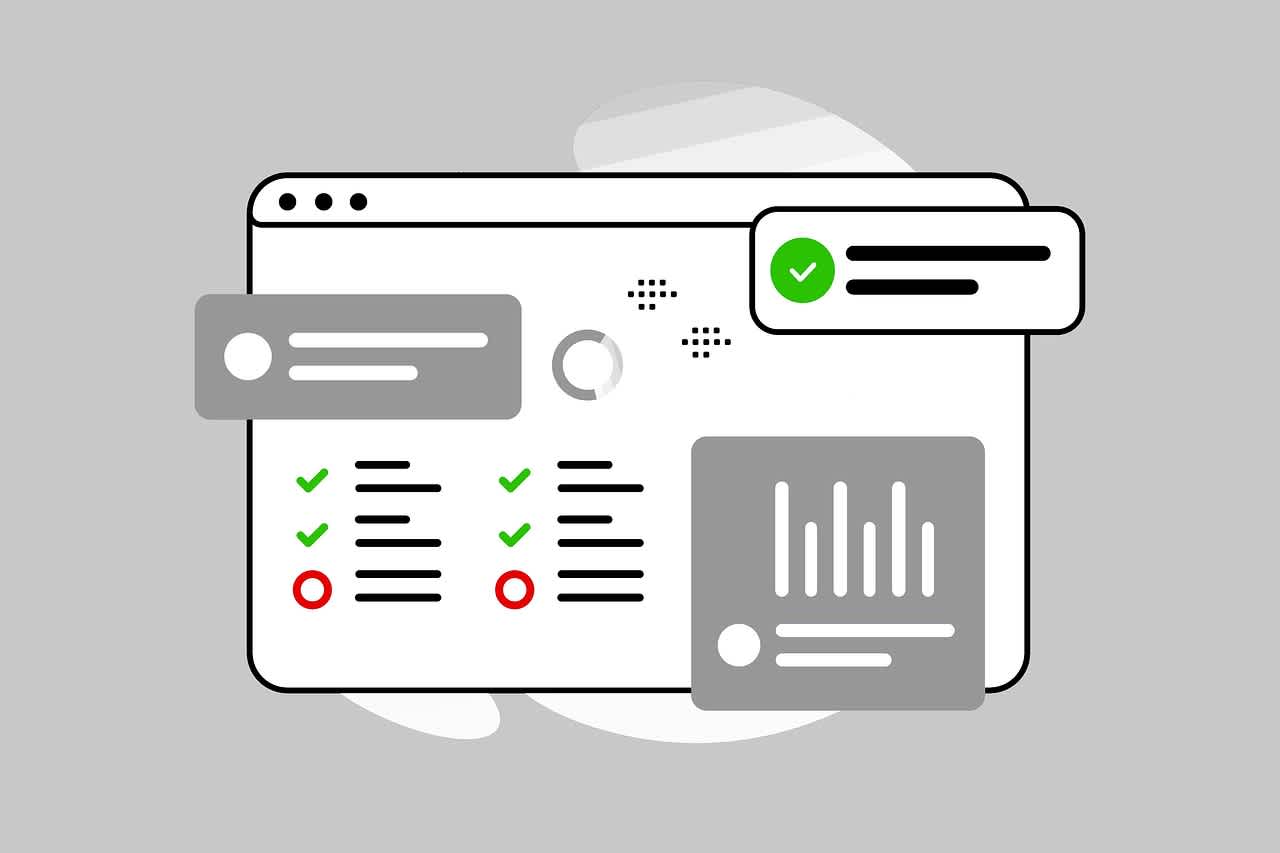Incident-to-Task Management: Building A Clear Workflow For Workplace Injury Reporting
ByJulian Gette
Workast publisher

Workast publisher
Atlanta moves fast. From construction and logistics to film sets and tech, work happens across sites, shifts, and tools. When an injury occurs, speed and clarity matter because details fade and teams lose time. Nationally, private employers reported about 2.6 million nonfatal workplace injuries and illnesses in 2023, which still represents a huge operational and human cost. Task management gives Atlanta teams a simple way to capture facts, assign owners, and keep evidence in one place so nothing slips.
It also creates a clear trail for HR and operations, which helps when a claim becomes complex or disputed. In those moments, many also turn to the one workers' compensation lawyer in Atlanta for guidance on next steps and documentation. With a tight incident-to-task workflow, you can protect employees, reduce downtime, and move from chaos to a calm, repeatable process.
When an incident happens, the last thing you want is to be scrambling for details. So, it’s key to have everything in one spot. Set up an “Incident Report” task that everyone can use—this will cover the basics like who, what, when, and where. It also makes it easier to attach things like photos, equipment used, and witness info. You’ll be surprised how much easier it gets when everything is stored in one place, and you don’t have to dig through emails or messages to find the info later.
Once the incident’s logged, it’s time to keep things moving. You’ll want someone to handle the report, someone else to double-check everything, and a third person to make sure it’s all in line with your policies. The severity of the situation should help guide how fast it gets dealt with. You can set deadlines automatically, so no one forgets. If something’s getting delayed, assign it to someone else to keep it moving forward.
Keeping track of all the details is essential, and that doesn’t mean piles of paper or endless files. Break it down into manageable parts. One task for photos, another for witness statements, and a third for medical notes. Every update should be tagged with a time-stamp so the whole story stays intact. The best part? You’ll never have to go hunting for lost documents again because everything’s right where you need it.
Make sure everyone is on the same page right from the start to not hamper productivity. You can set up a simple notification system to send updates to the employee, their manager, and HR. Be clear about the next steps and who’s handling what. After any meeting, make sure the takeaways turn into action items within the same task so that everyone knows what’s happening. It’s like turning conversations into clear, actionable steps.
Getting someone back to work safely doesn’t have to be complicated. Break the process down into a few clear steps: first, assess the situation, then outline modified duties if needed, and finally, set a review date to check in on their progress. This is just like running a mini project, assigning owners, setting due dates, and tracking the small steps to keep things on track. It’s about making sure everything’s in place for the employee’s return, with no room for confusion.
Compliance doesn’t just happen once. You need to keep track of it regularly. Set up recurring tasks for things like training updates, equipment checks, or any other forms you need to stay on top of. When something expires, trigger an automatic task so the right person knows it’s time to act. That way, nothing gets overlooked, and everything stays up to date without constant reminders.
Improvement isn’t about guessing, it's about seeing where things can get better. Track some key metrics like how quickly the incident was reported, how long it took to close, and how many times a task gets reopened. Once you have that data, you can spot trends and find ways to improve. Maybe certain incidents happen too often or certain processes take longer than they should. Once you know what needs fixing, you can build tasks that address those specific issues and work to fix them over time.
Nobody likes a complicated template. Keep things simple, like one for incident reports, one for witness statements, and one for return-to-work plans. Make sure they’re easy to fill out and don’t take too long. Get feedback from your team and adjust if necessary. After a couple of weeks, these templates should be smooth, straightforward, and something your team can rely on.
Some common mistakes can derail your workflow. Missing owners, checklists that are too long, or documents scattered all over the place. To fix this, make sure you clearly assign each task to someone. Keep your checklists to a minimum, just enough to get the job done. And most importantly, make sure all documents live within the task itself. A quick weekly review can help keep everything on track and catch any tasks that are lagging behind.
Roll this process out slowly. Start with one team, get their feedback, and make adjustments. Once it’s working for them, expand to the next team. As the process becomes smoother, show off the wins, faster response times, fewer reopened tasks, and fewer delays. The more success you share, the more people will get on board.
Take a step today: Set up that first Incident Report task, walk your team through the process, and make the necessary adjustments along the way. Once you have your return-to-work plan and recurring compliance tasks in place, you’ll have a simple but effective workflow that everyone can rely on. Over time, this task management process won’t just be about handling injuries, it’ll help create a more organized, efficient, and safe environment for everyone involved.
